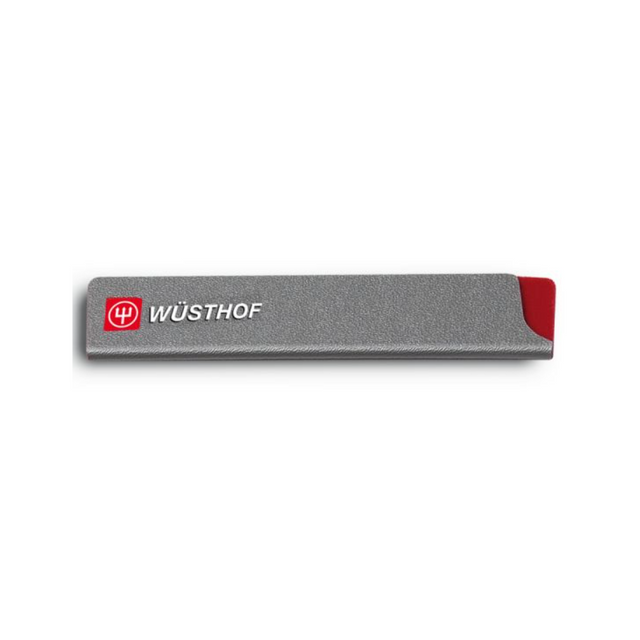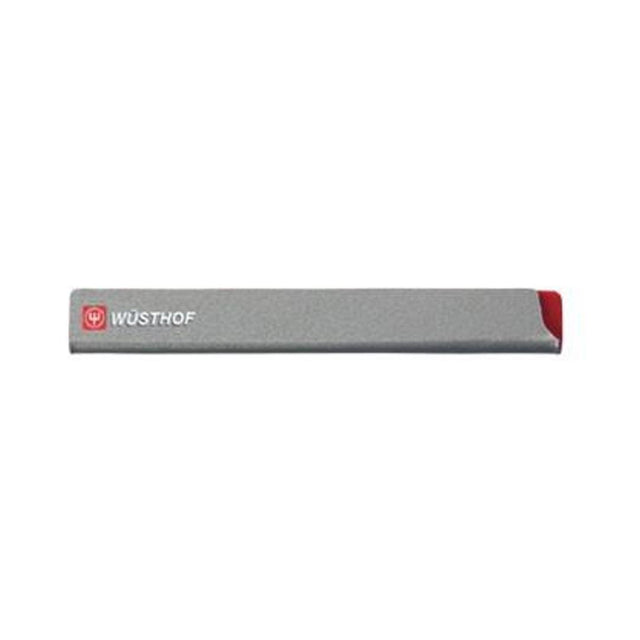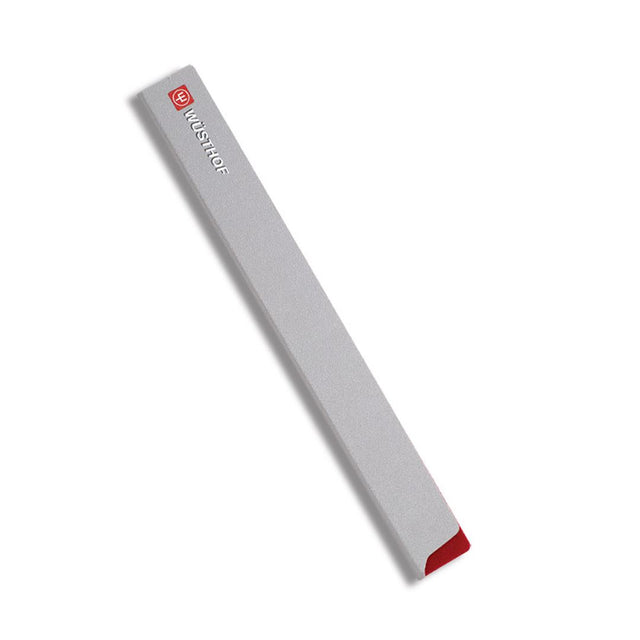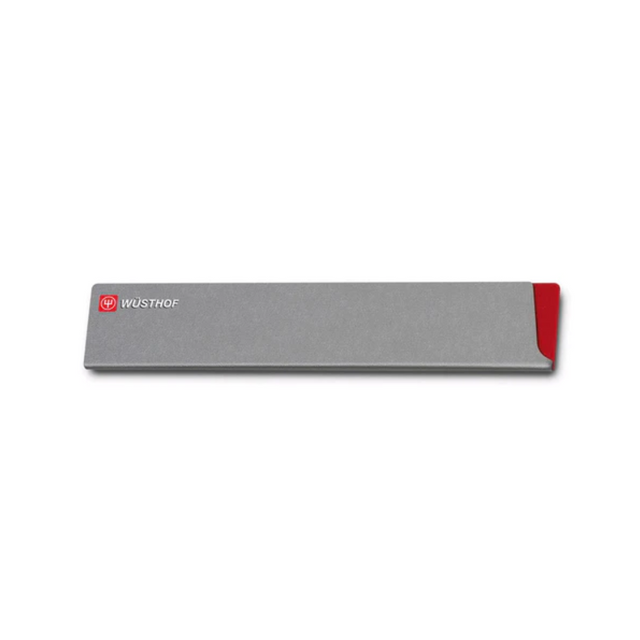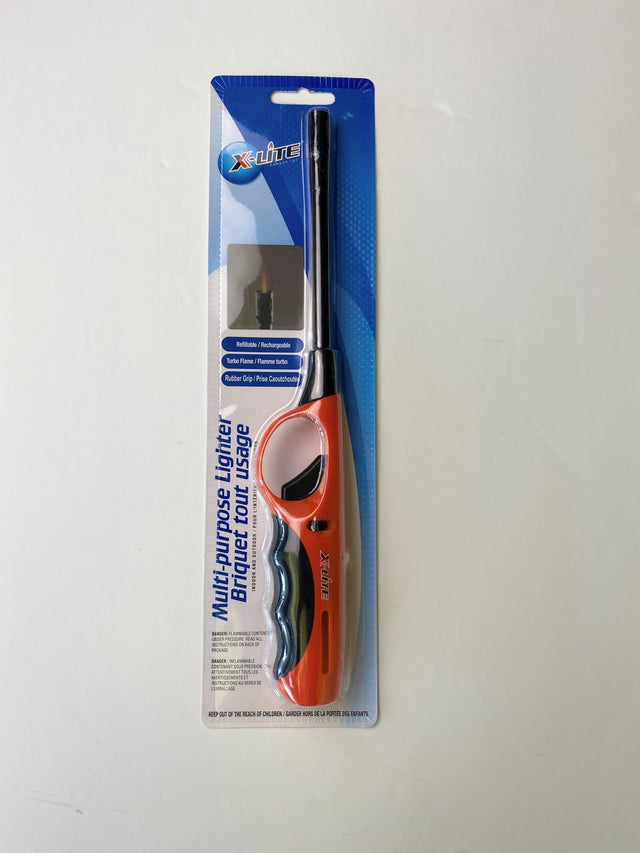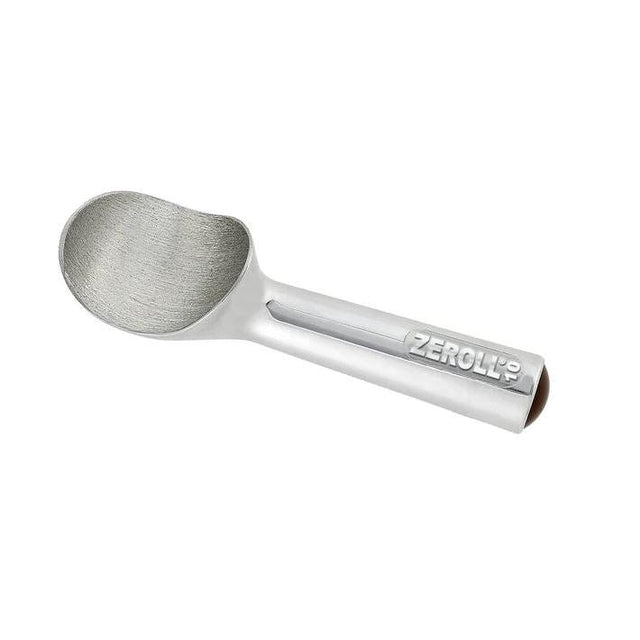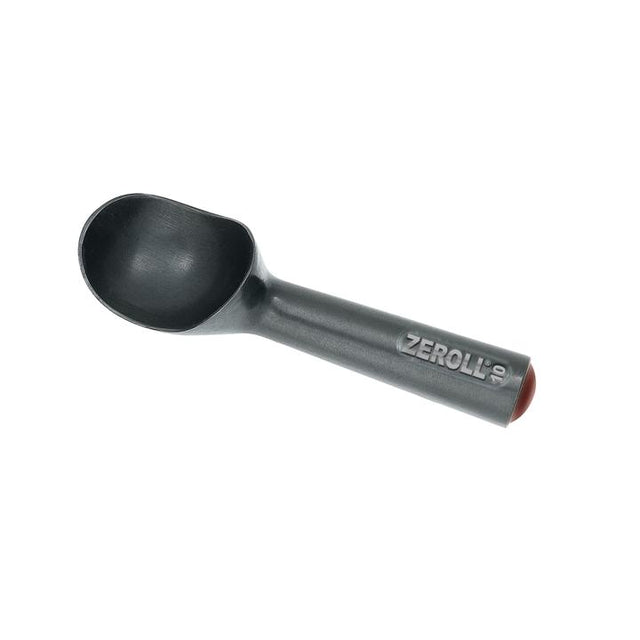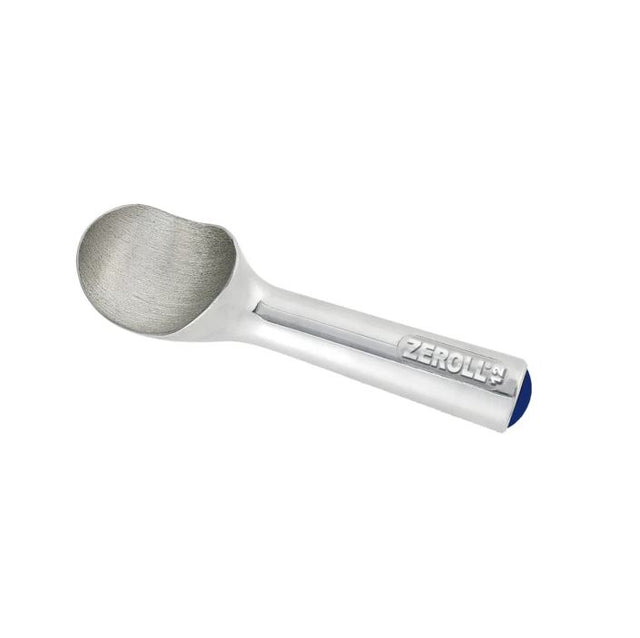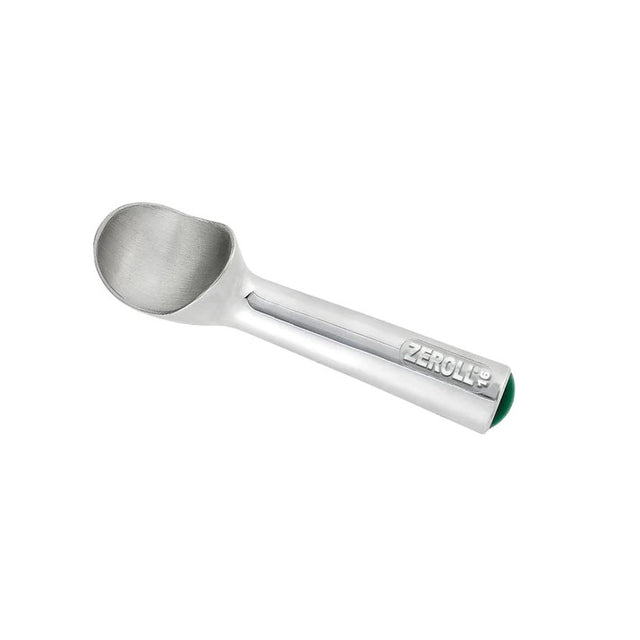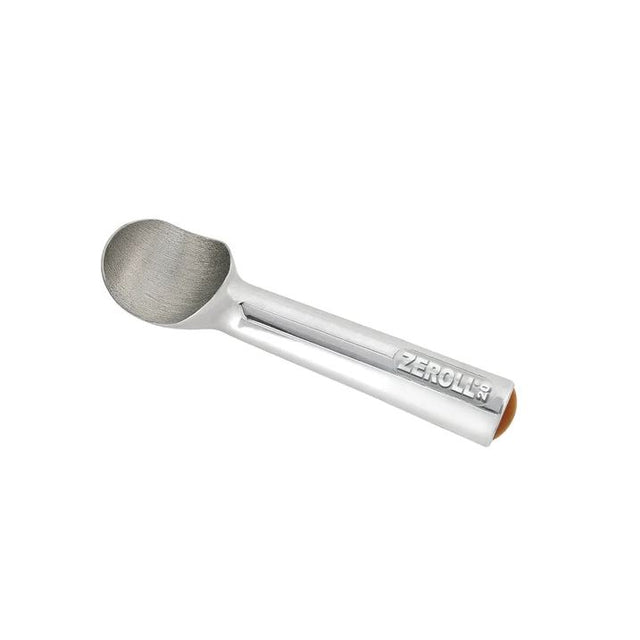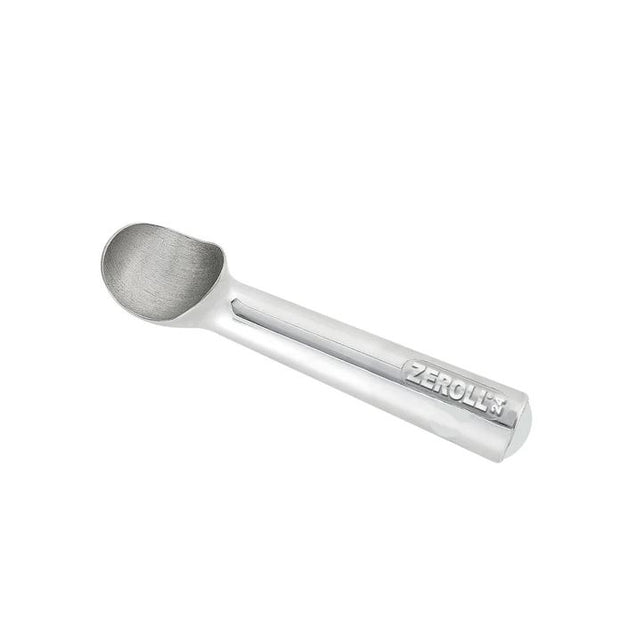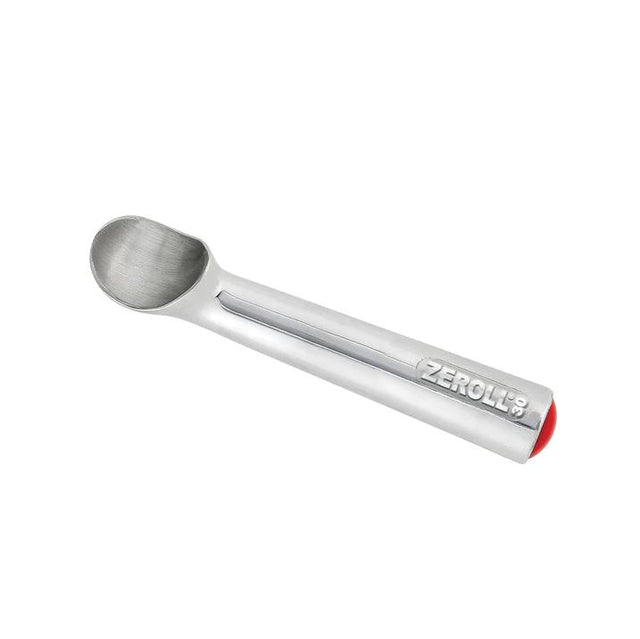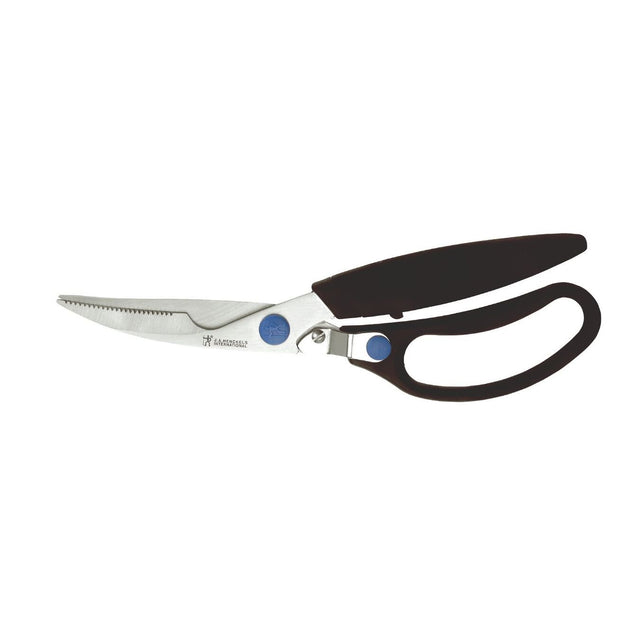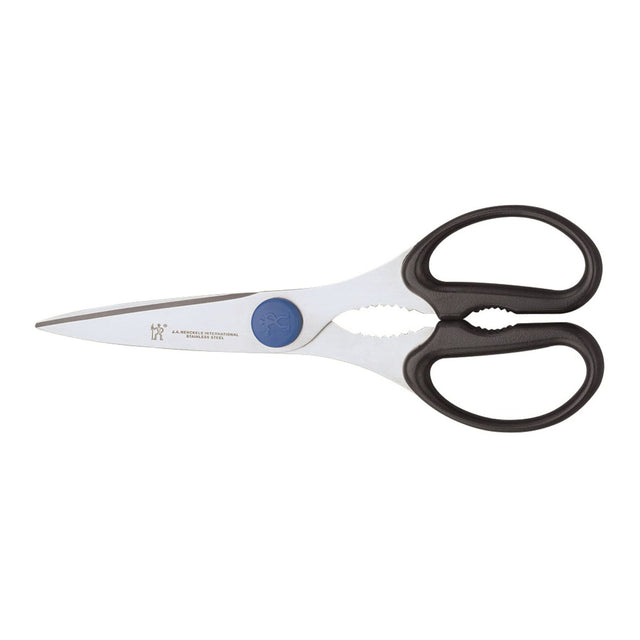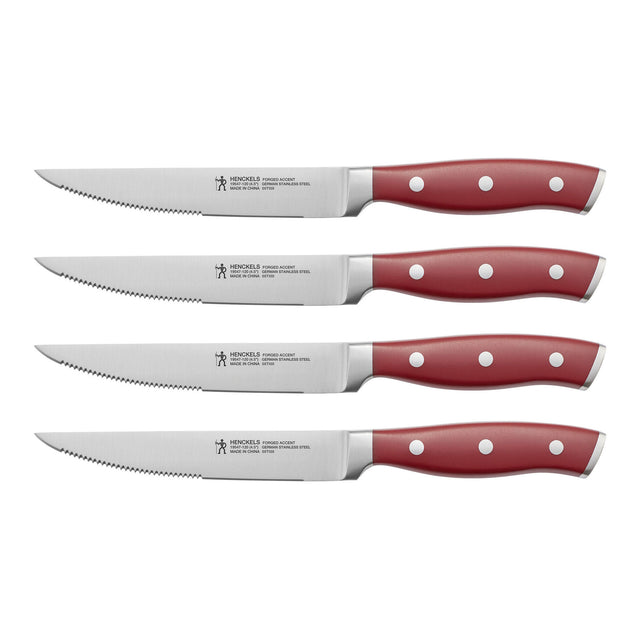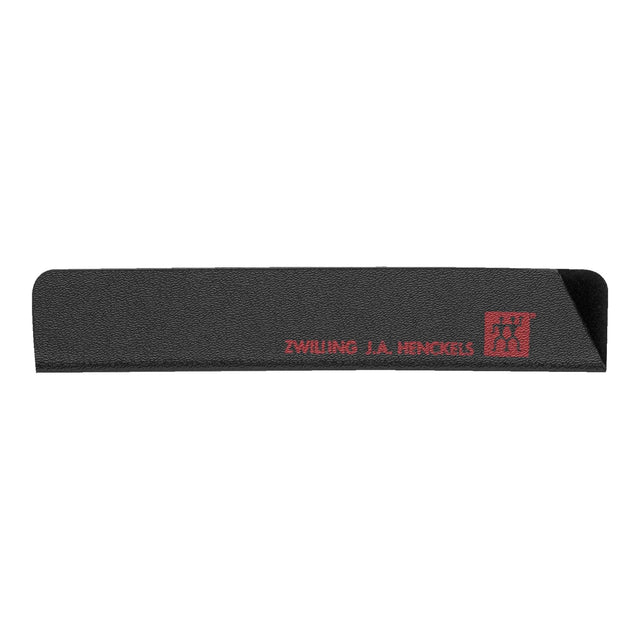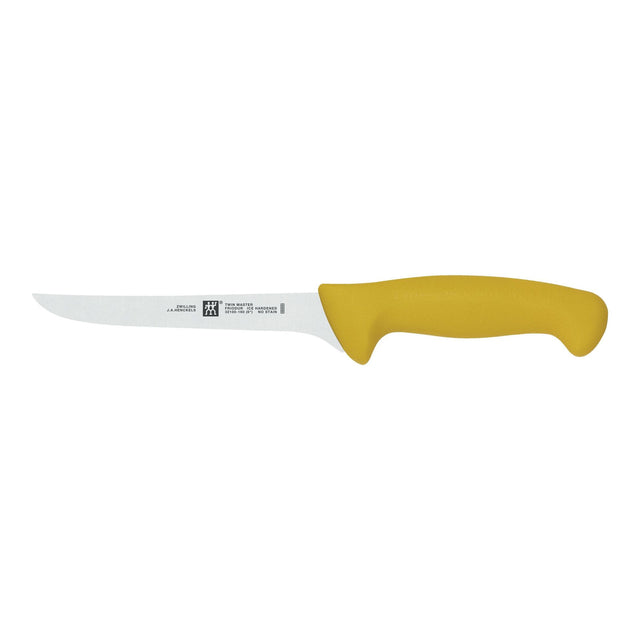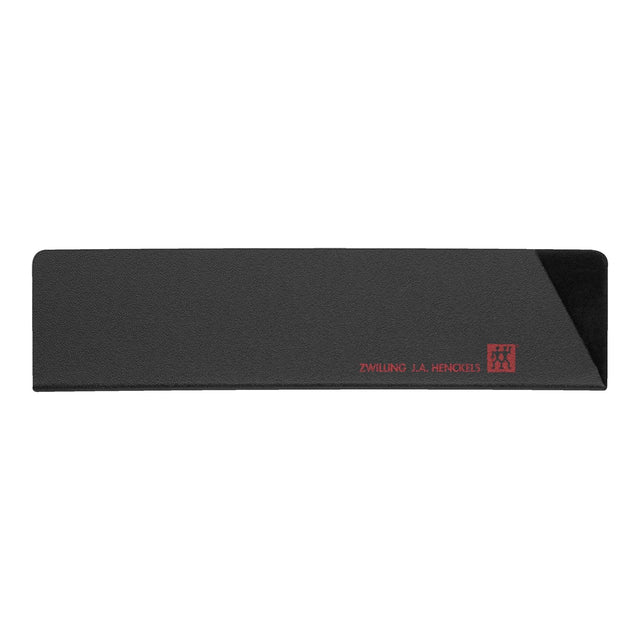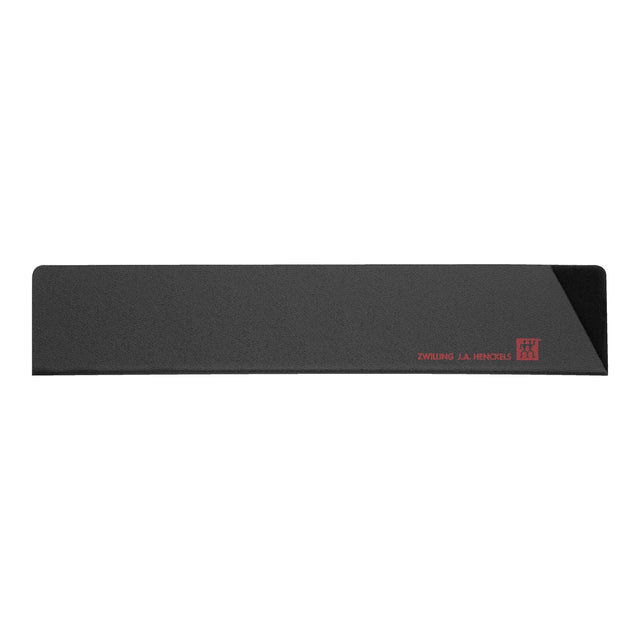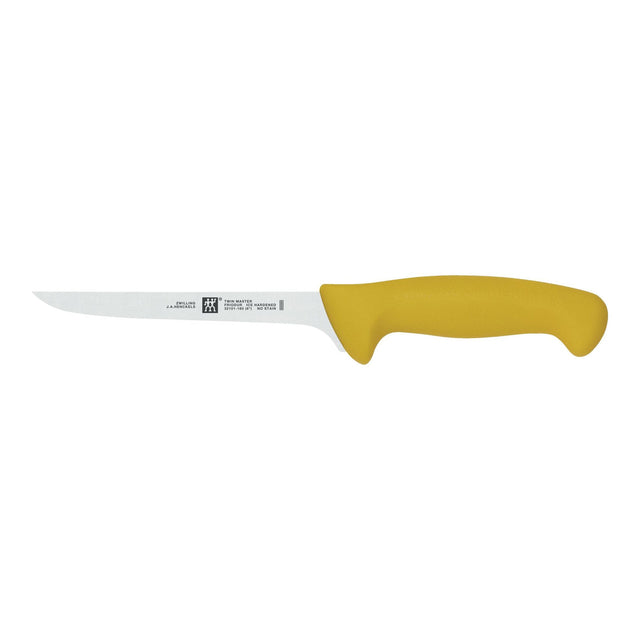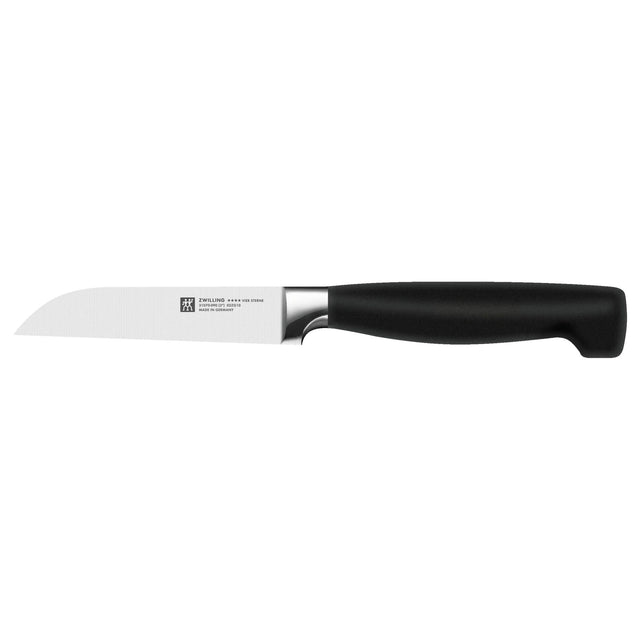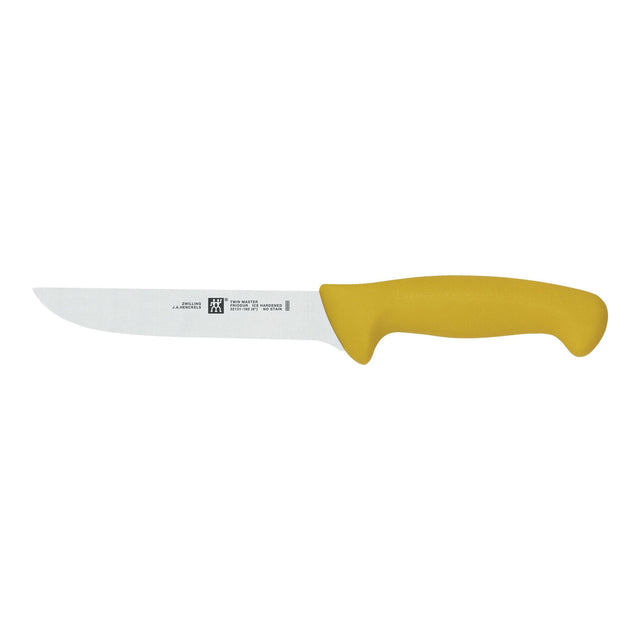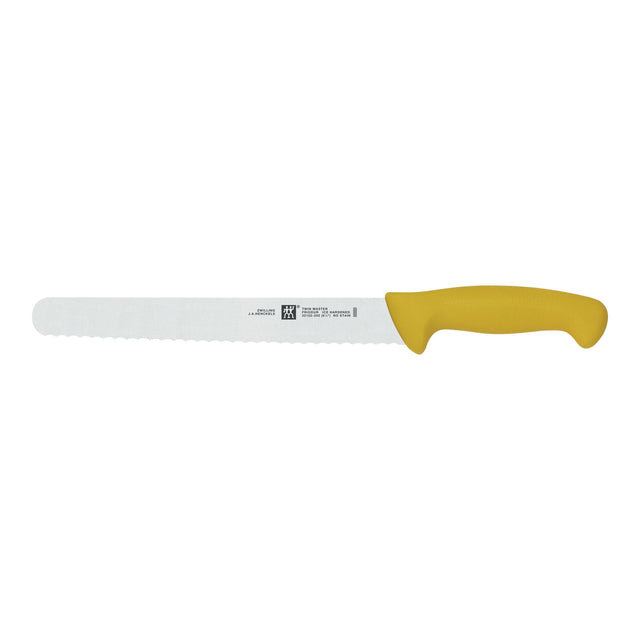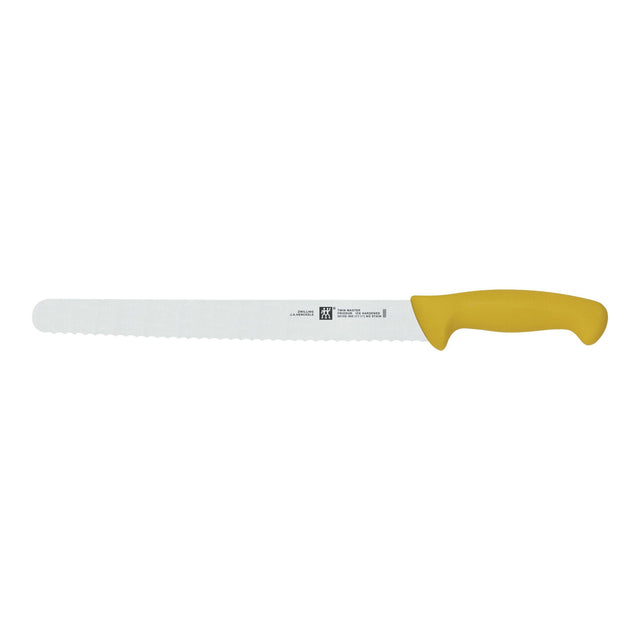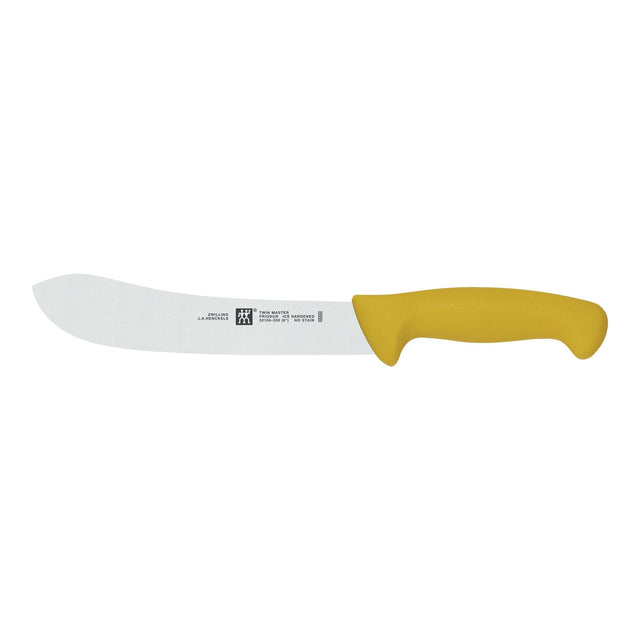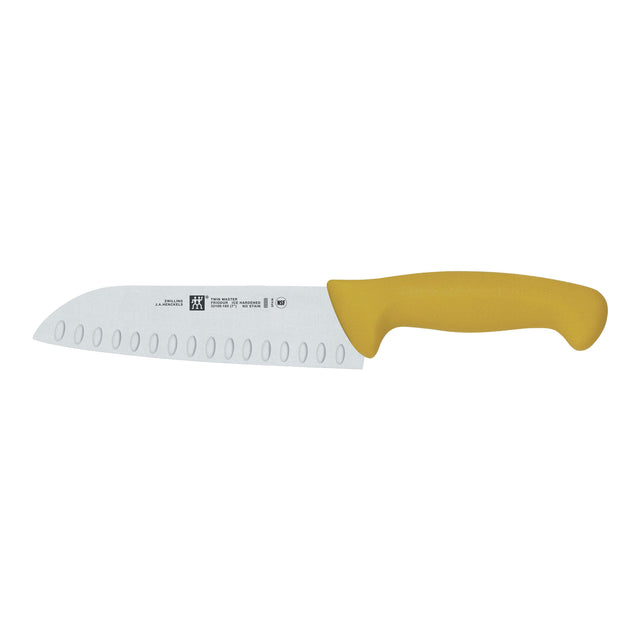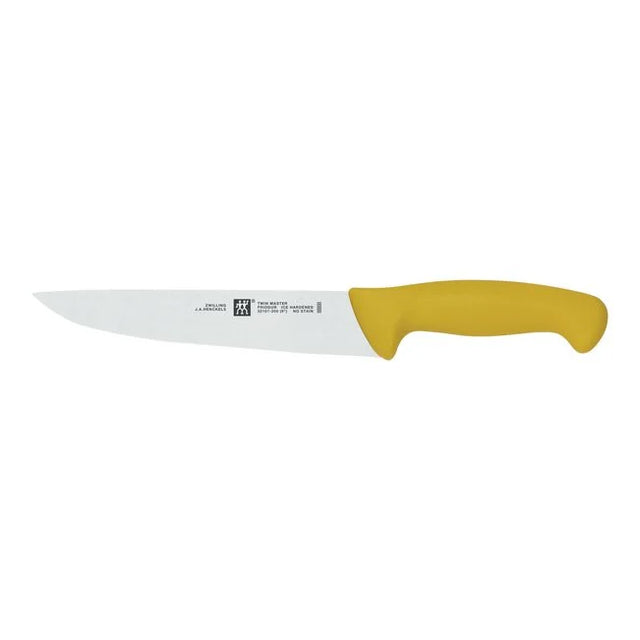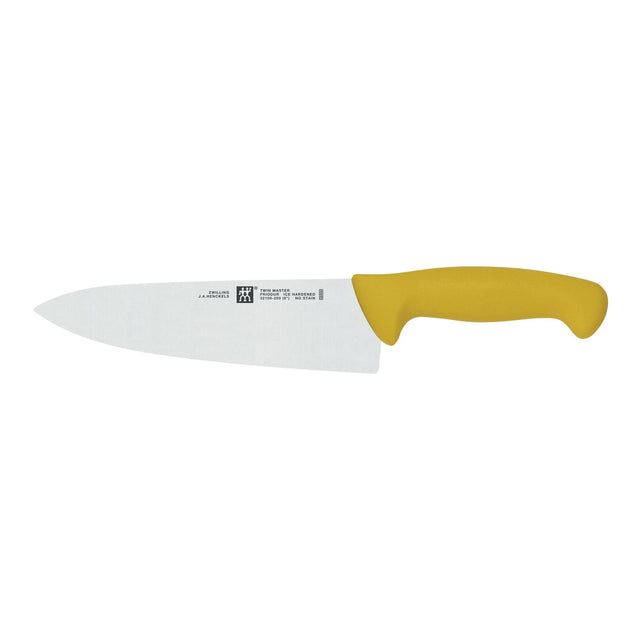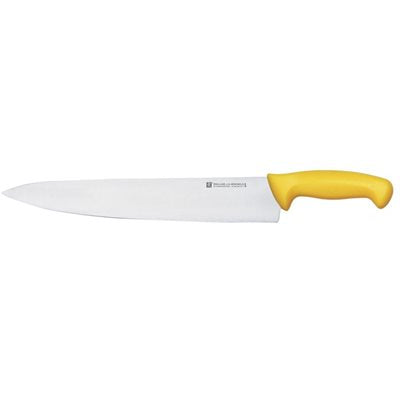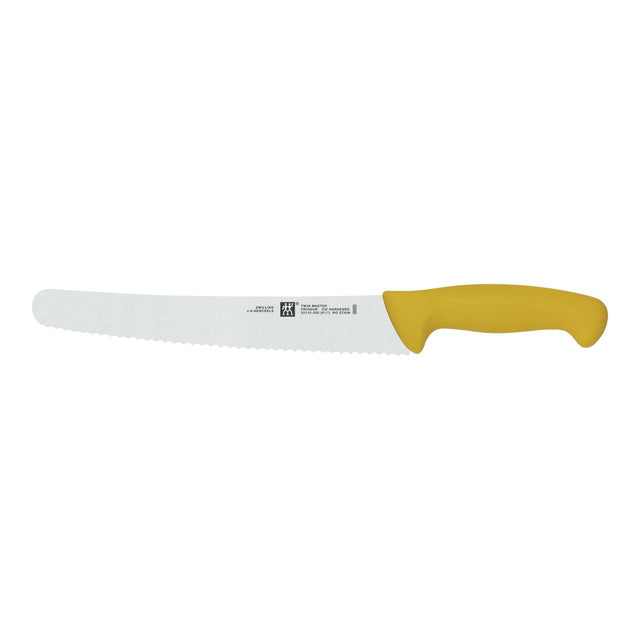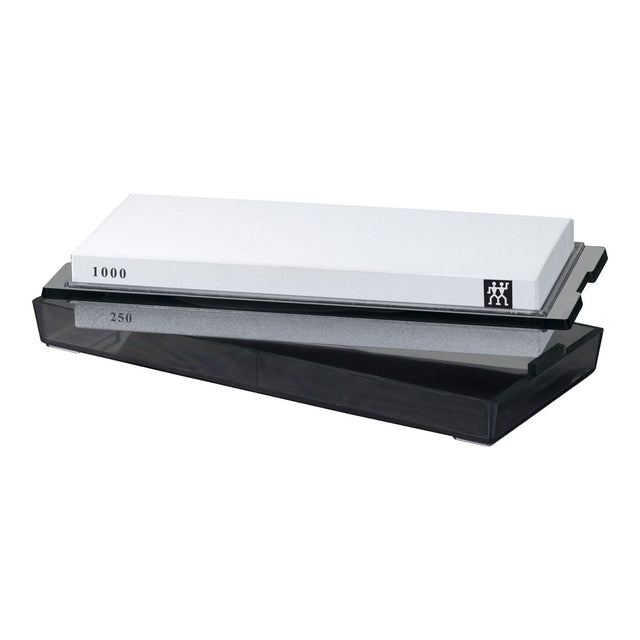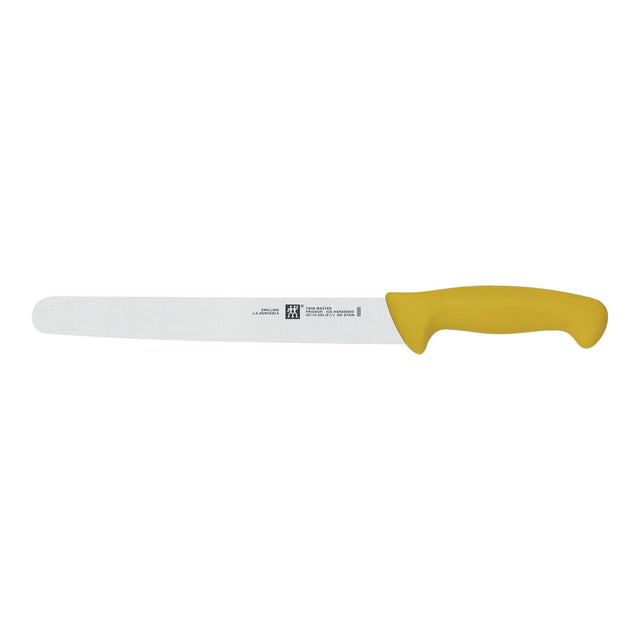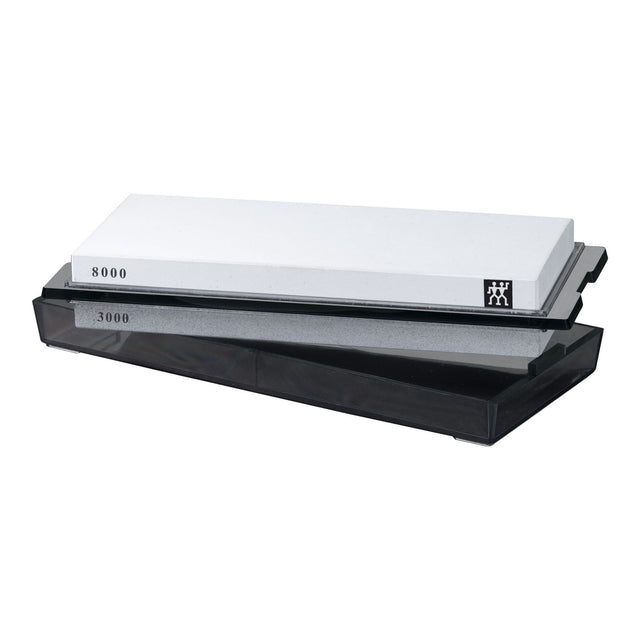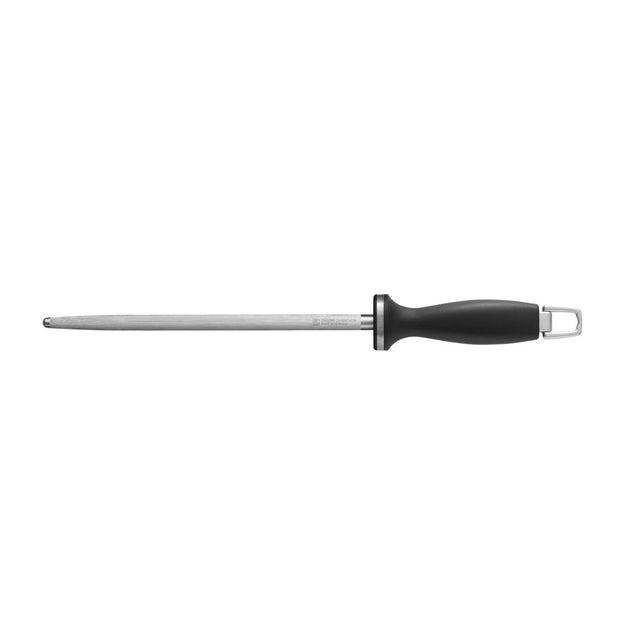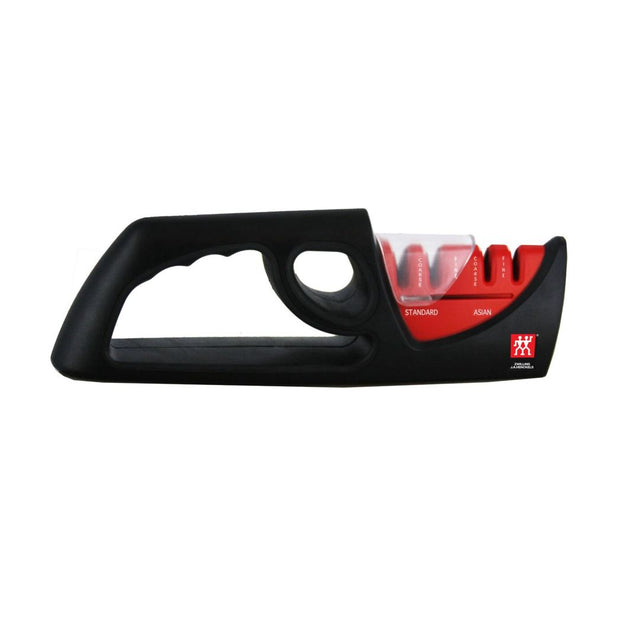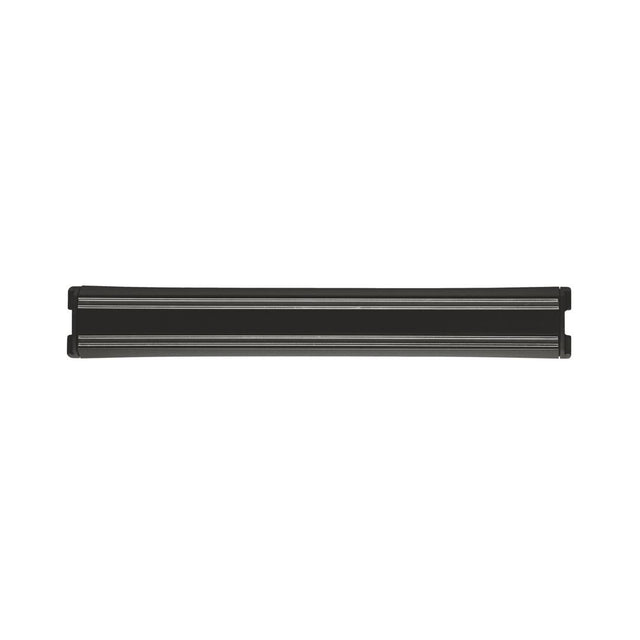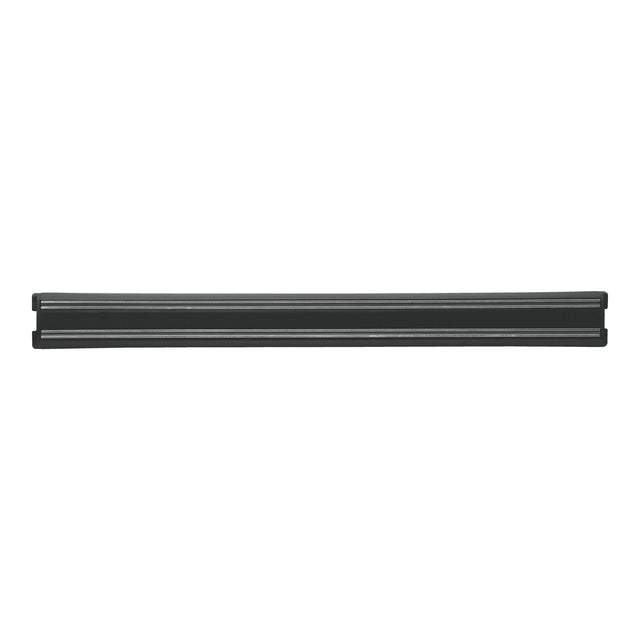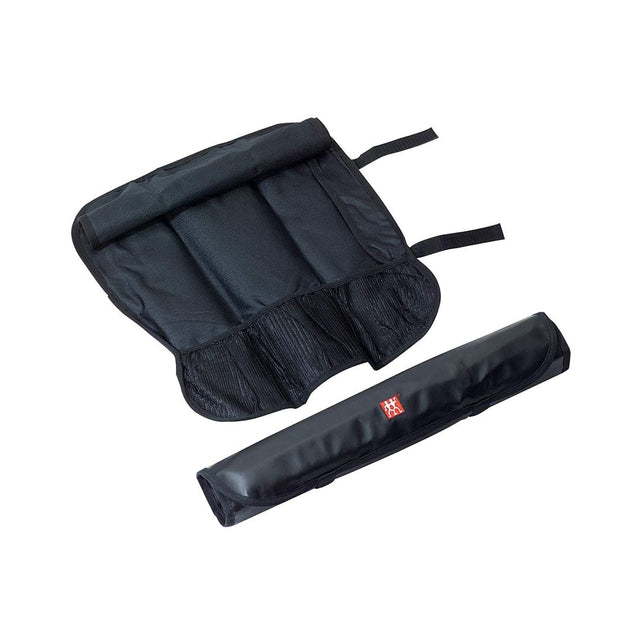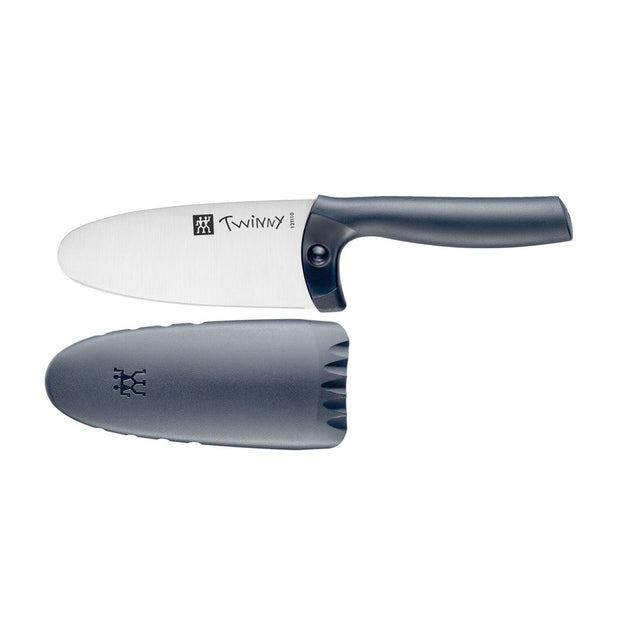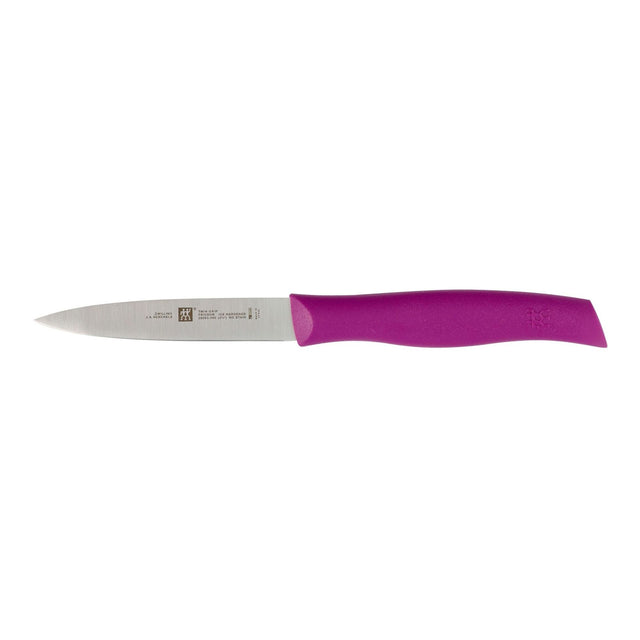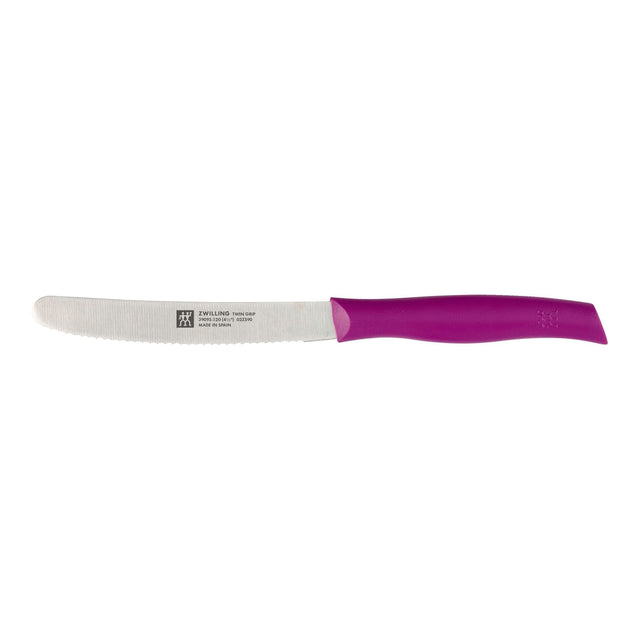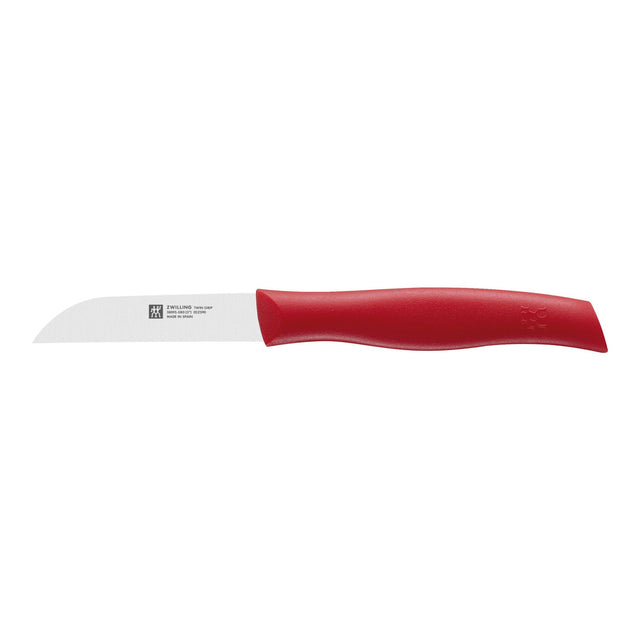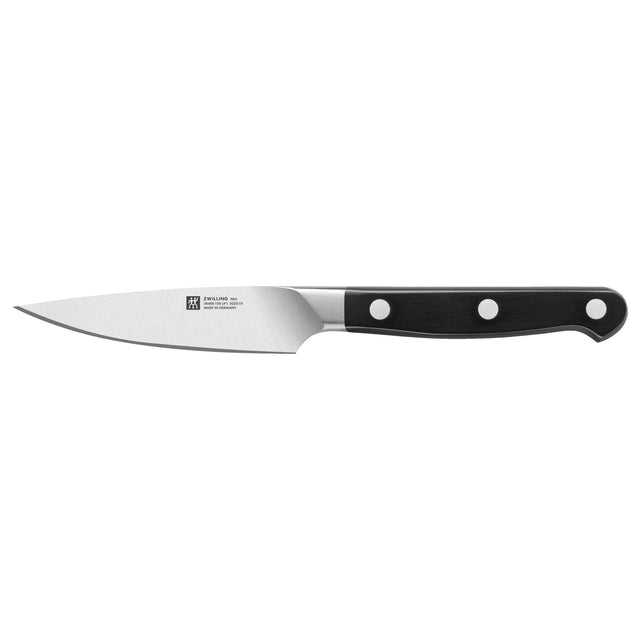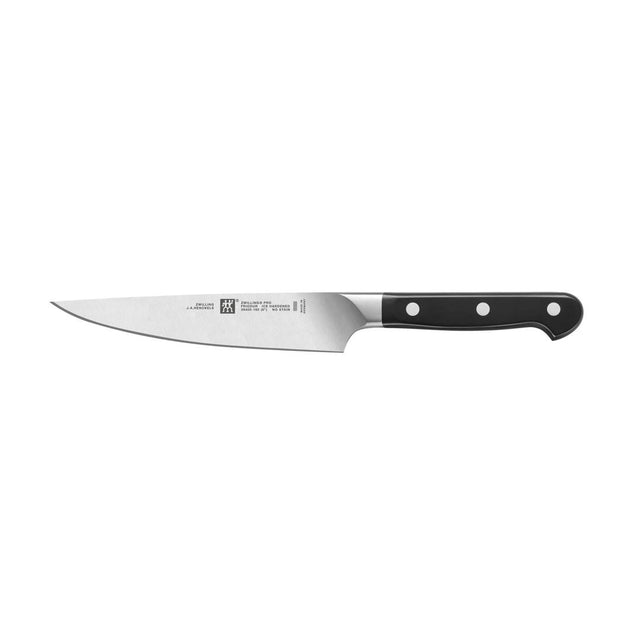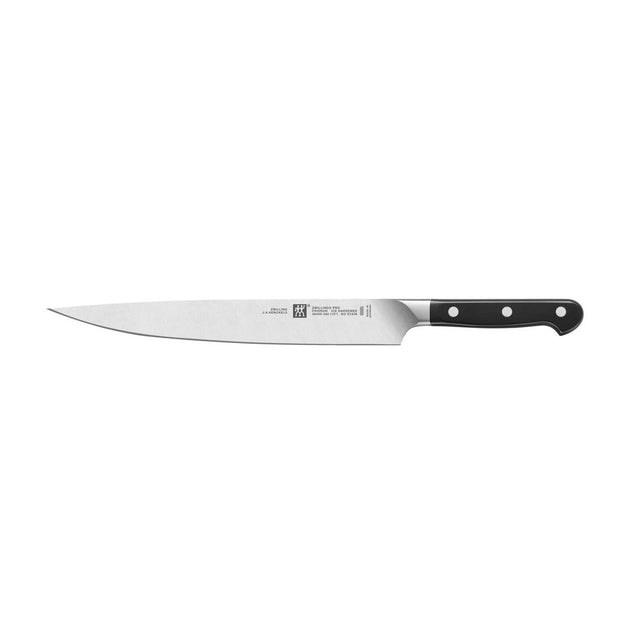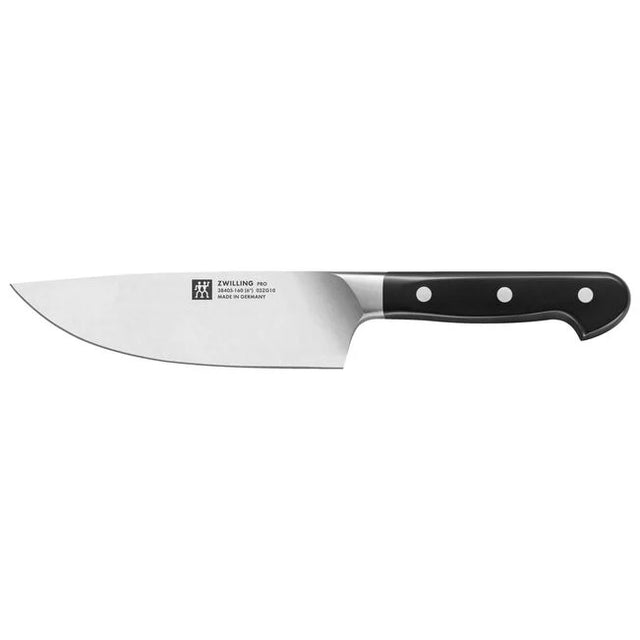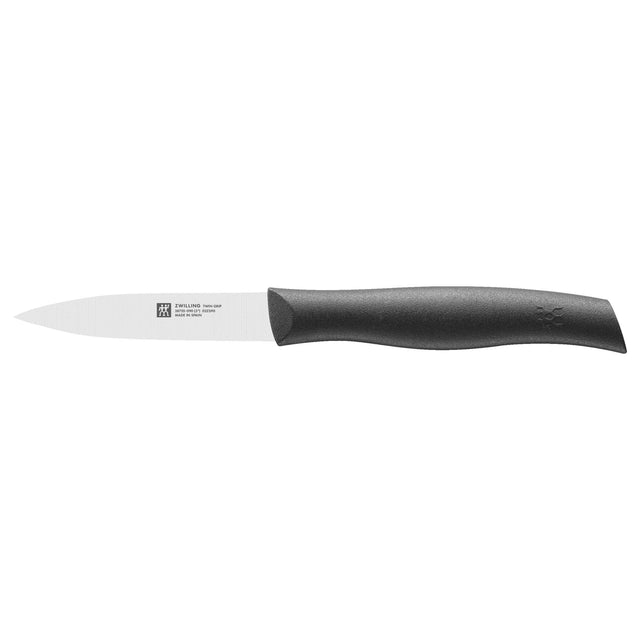If you’ve ever wanted to bake sourdough bread from scratch, the first step is to create your very own sourdough starter. It may sound intimidating, but trust me—once you start, it’s easy to get hooked. With just flour, water, and a little patience, you can cultivate the perfect, tangy starter that will make your bread rise beautifully and taste incredible. Plus, you’ll get the satisfaction of knowing you made it from scratch!
Why You’ll Love This Sourdough Starter:
-
All-Natural: No need for commercial yeast; it’s all about wild yeast and natural fermentation.
-
Simple Ingredients: Just flour, water, and time.
-
Endless Possibilities: Once your starter is ready, you can use it for bread, pancakes, waffles, and more.
Ingredients:
-
Day 1:
-
1/2 cup (60g) whole wheat flour
-
1/2 cup (120ml) warm water (filtered is best)
-
Day 2-7:
-
1/2 cup (60g) all-purpose flour
-
1/2 cup (120ml) warm water (filtered is best)
Instructions:
Day 1: Start the Starter
-
In a clean glass jar or bowl, combine 1/2 cup whole wheat flour and 1/2 cup warm water. Mix until well combined into a thick, paste-like batter.
-
Cover loosely with a lid, cloth, or plastic wrap. Leave it in a warm, draft-free spot (around 70°F/21°C is ideal).
-
Let it sit for 24 hours. You may see some bubbles form—that’s the wild yeast starting to wake up!
Day 2: Feeding Time
-
You might not see much change, and that’s okay! Discard half of the mixture (about 1/4 cup) and add 1/2 cup all-purpose flour and 1/2 cup warm water. Mix until smooth.
-
Cover loosely again and let it sit in the same warm spot for another 24 hours.
Day 3: Almost There
-
By now, you should see some bubbles and possibly a slight rise in the mixture. Discard half of the mixture again and add 1/2 cup all-purpose flour and 1/2 cup warm water.
-
Stir, cover loosely, and let it sit for another 24 hours.
Day 4-6: Continue Feeding
-
Continue the process of discarding half of the starter and adding fresh flour and water every 24 hours for the next 3 days.
-
By Day 4 or 5, you should start to notice a distinct sour aroma and more bubbles in the mixture, indicating the wild yeast is working.
Day 7: Ready to Use
-
By Day 7, your starter should be bubbly, slightly tangy, and have doubled in size between feedings. It’s now ready to use in your favorite sourdough bread recipe!
-
If you're not quite ready to bake, you can continue to feed it for a few more days or store it in the fridge and feed it once a week.
How to Test Your Starter:
To make sure your starter is ready for baking, perform the "float test." Take a small spoonful of the starter and drop it into a glass of water. If it floats, it’s ready to bake! If it sinks, give it more time and feedings.
Storing Your Sourdough Starter:
-
If you’re not baking daily, store your starter in the fridge. Be sure to feed it once a week by discarding half and adding fresh flour and water.
-
When you’re ready to bake, bring it out of the fridge a few days in advance and feed it twice a day to reactivate the wild yeast.
Tips for Success:
-
Consistency: Your starter should have a thick, pancake-batter-like consistency. Add more water or flour if needed.
-
Patience: Sourdough starter can take anywhere from 5 to 7 days to fully develop, depending on the temperature of your environment.
-
Flour Options: You can use white or whole wheat flour, but whole wheat flour helps jumpstart the fermentation process because it contains more nutrients for the yeast.
Tools You’ll Need:
-
Glass jar or bowl: A clear jar works best to watch the starter’s progress.
-
Lid, cloth, or plastic wrap: To cover the jar loosely.
-
Scale (optional): For more precise measurements.
Making your own sourdough starter is an incredibly rewarding experience. The best part is that once you have a healthy, bubbly starter, it’s a living thing that you can keep feeding and using for years. It’s like a little pet that helps you bake delicious bread!
So, grab your flour and water, and let the wild yeast do its magic—before you know it, you’ll be baking the perfect sourdough bread right at home.

